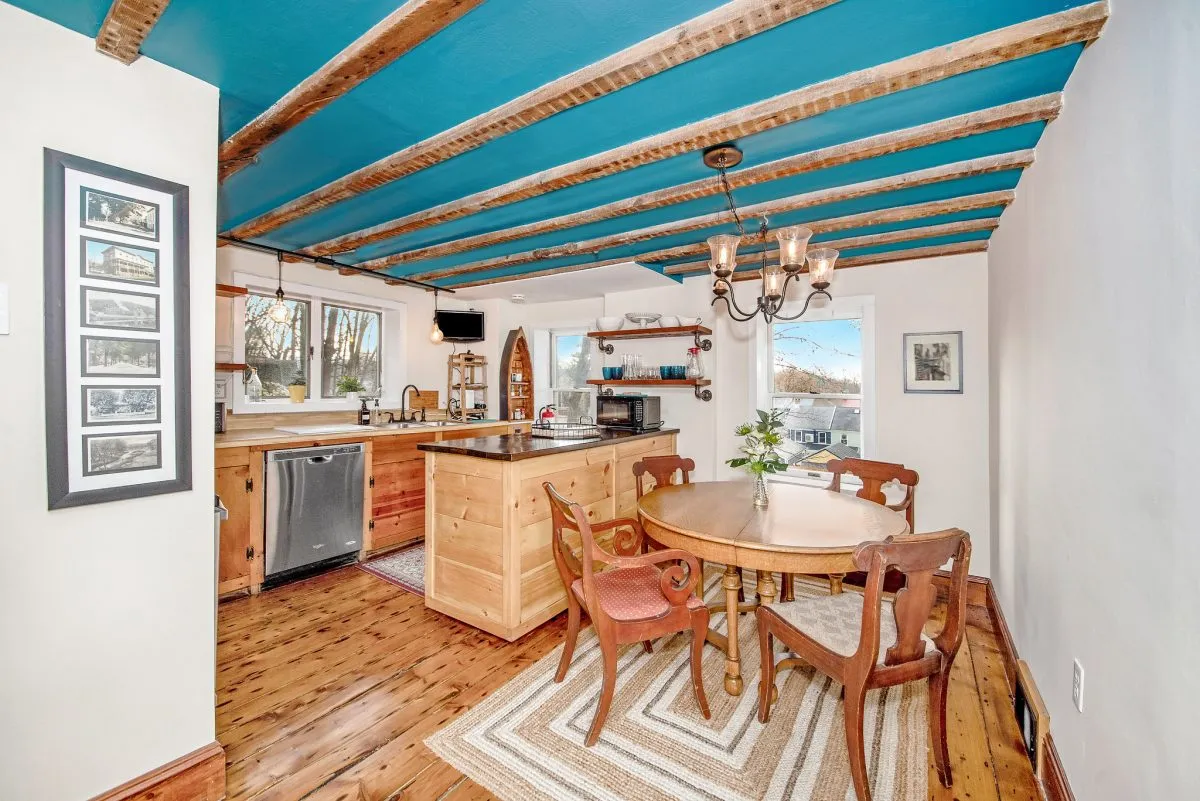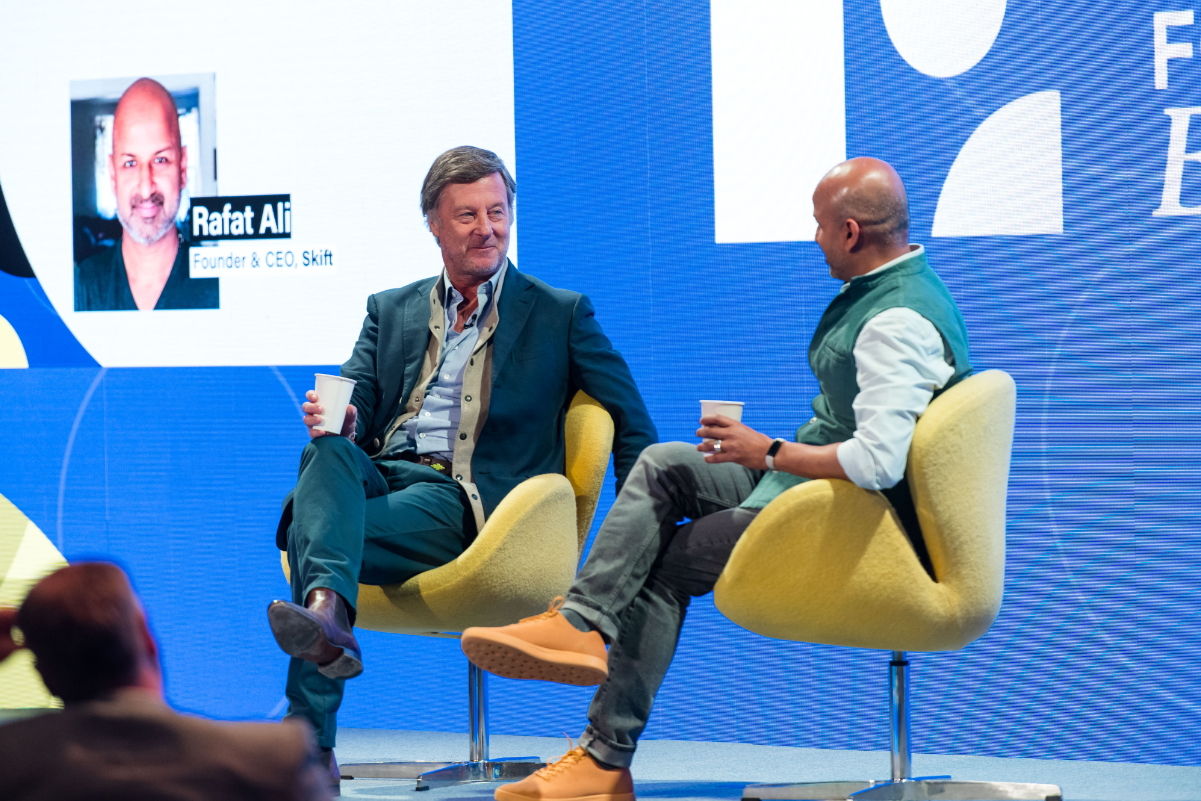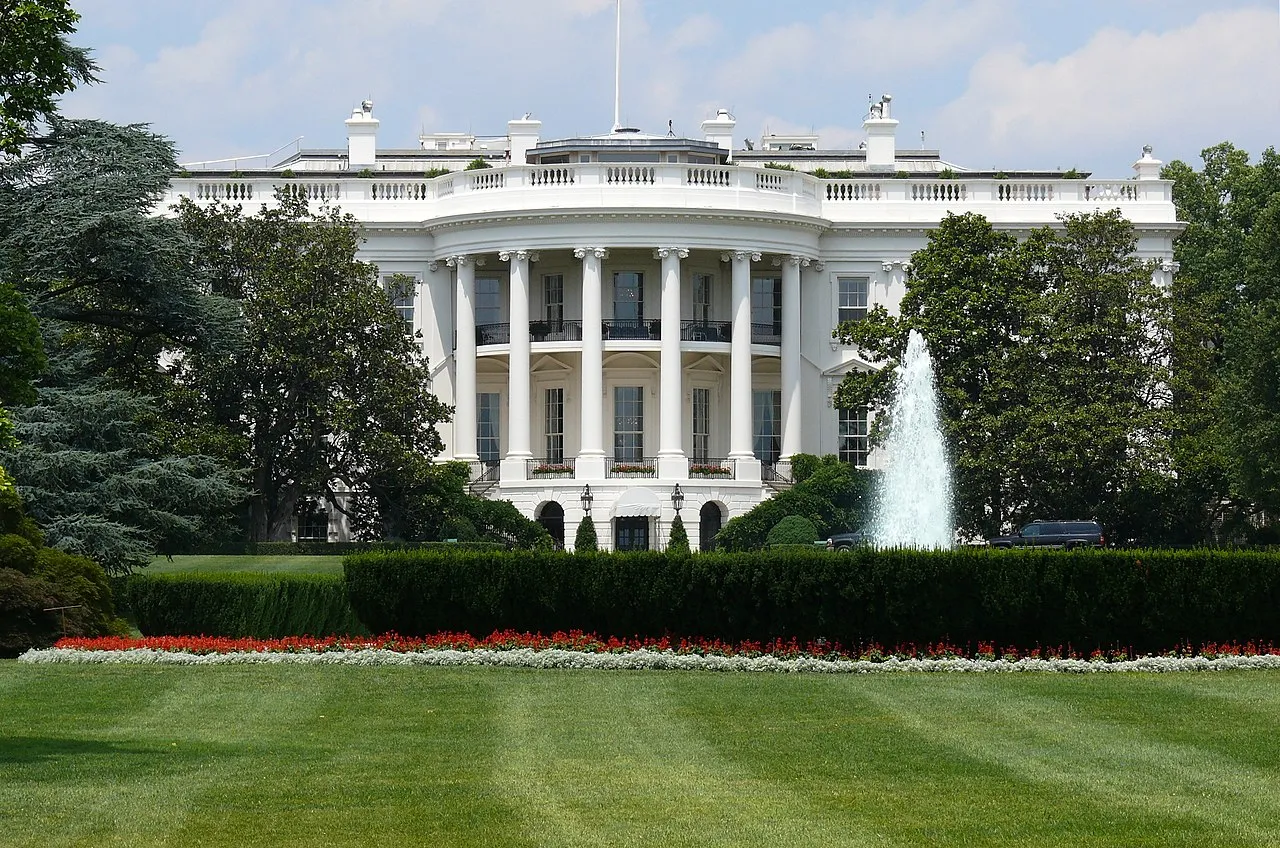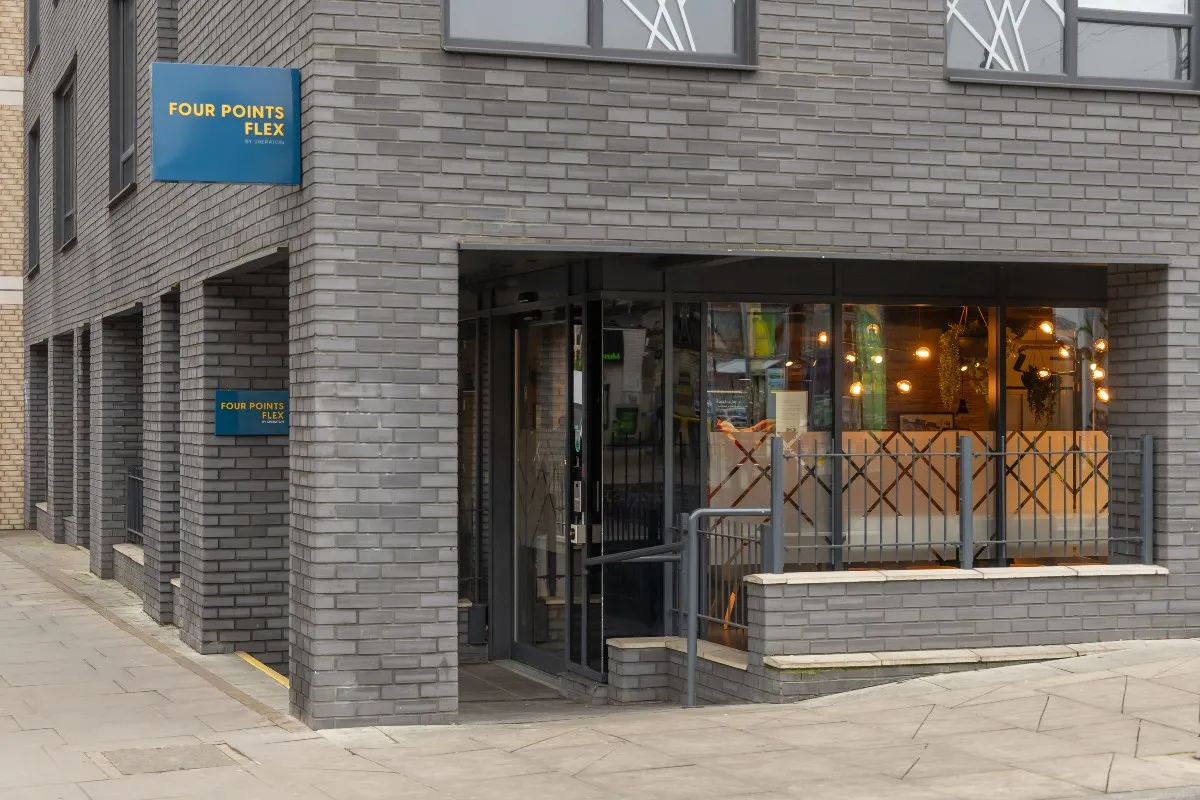A New Super Luxury Goes a Step Further

Skift Take
Luxury hospitality is in the middle of a boom. As well-heeled travelers return to the road, five-star hotels are reaping the benefits and making up for lost time with expensive rates. But what is becoming very apparent is a new group of ultra-luxury players pushing the industry to previously unseen limits while catering to a mobile class of one percenters that don't tend to look at the bill.
These hotels are aligning themselves with established luxury houses that cater to an audience of high net worth clientele, the likes of Tom Ford, Brunello Cucinelli, and Loro Piana; brands that have an audience that is not price shy and aren't subject to the upswings and downswings of consumer spending trends. It is a rarified audience.
To chase them, a new tier has jumped out from the broader and commoditized luxury category into a sphere of its own. Brands like Airelles, Aman, and Bvlgari Hotels are catering to the upper echelons of global wealth, where people don’t seem to be scrutinizing the $1,500 spa service, or $80 pasta dish on the bill.
But as these experiences, especially at the higher end, cost more than ever, there’s also an arms race for the staff, the product, and experiences that can keep pace with these lofty average daily rates (ADRs) and steep checks. This is no small feat. With eye-watering prices, come higher expectations for perfection.
As with everything, luxury is getting more expensive. Forbes has tracked luxury spending and behaviors with the Cost of Living Extremely Well Index (CLEWI). According to the publication, it has been tracking a basket of luxury goods and services since 1982 to build a basket for the cost of a billionaire’s lifestyle. This year, “the CLEWI is up 7 percent, more than the average gain of 5 percent per year over the past decades–but less than the 8.3 percent gain in the Consumer Price Index, meant to measure the broader economy.”
Though the index shows a steep increase, this audience is largely inflation-immune, is hedged across multiple asset classes in multiple places, holds a few different passports, and bill settlements often come from wires that bounce off a few shell companies before they hit their recipient.
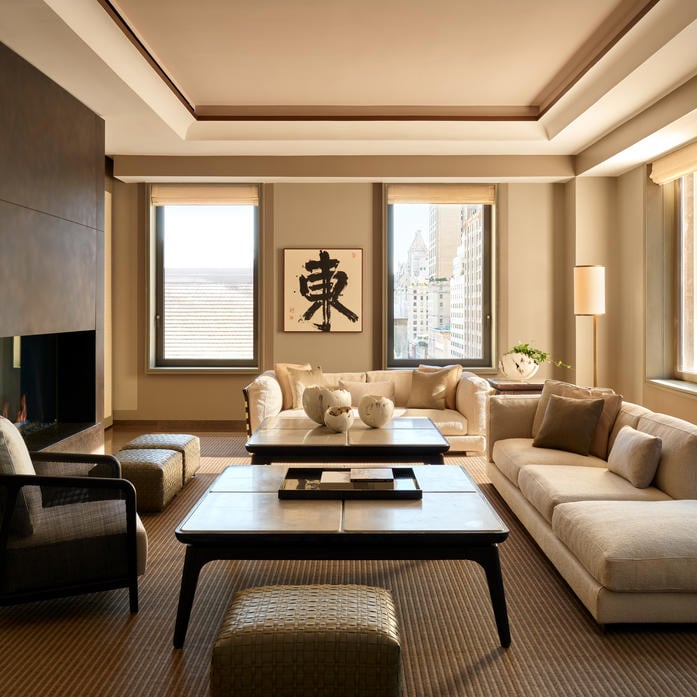
The latest darling for guests in this category comes with the Aman New York, launched last fall with a sold-out property, and entry-level rates pushing 5,000 a night, if you could get a room. The brand continues its push into more urban markets, following the success of Aman Tokyo, seeking to capture the share of wallets they've built over time in far-flung locals: this time targeting high net-worth clientele doing business in a city, rather than relaxing in Thailand or the Philippines. The intent is clear: strategy, exclusivity, and sky high prices to convey alpha status. To further add to the allure, non-hotel guests aren't allowed on the property, providing rarified air, and also bragging rights, and Instagram social capital.
Another brand chasing this rarified clientele is Bvlgari. The brand has had a progressive expansion in markets such as Milan, Dubai, London, and Paris, the property group addresses the same hyper-luxury market, delivering an Italian sense of luxury and hospitality, while also building from the equity of the longstanding luxury brand. Other hotel chains are following suit. A recently announced Hilton LXR product at Katara Hills Doha has starting pricing at $3,000 a room, in the heat of the Qatari summer.

But the tension with this race for ultra-luxury price points is having the service to make up for it. And as the labor market fled hospitality after being unceremoniously dumped during the worst of the pandemic, it is hard to find the level of talent that can cater to this level of clientele. A member of staff at an Aman property told me off the record that they faced severe challenges: a combination of record-setting rates, a remote location, and a decimated hospitality industry made it hard to find the talent that can deliver the service that guests wanted.
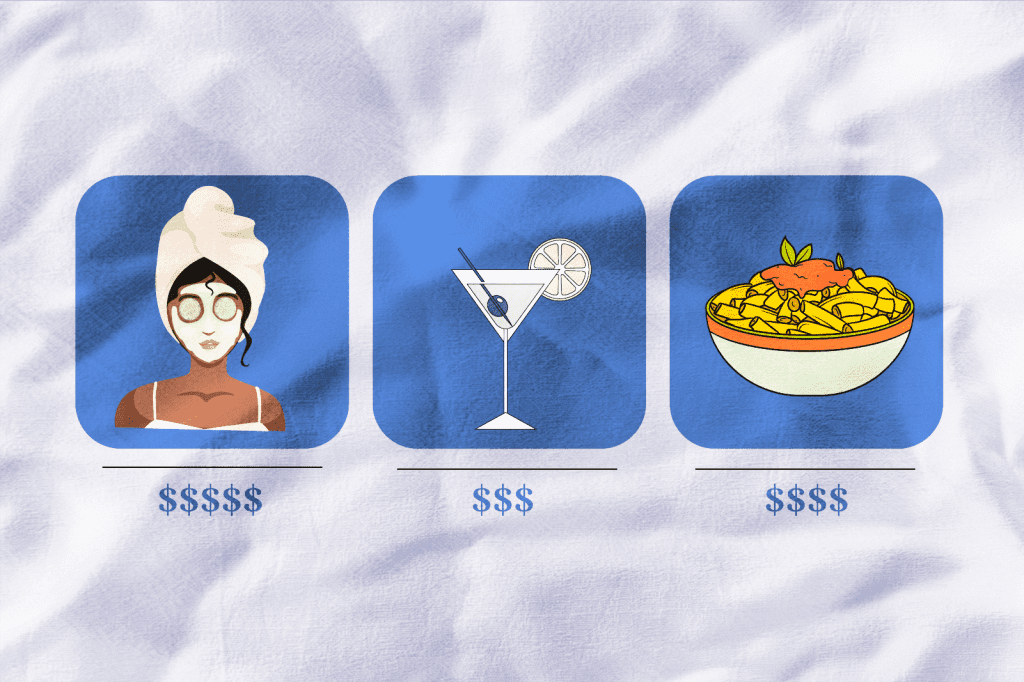
As luxury increases to new levels of price and opulence, the danger here is that it becomes a case of "The Emperor's New Clothes." The ultra-luxury consumers are the marks, being asked to pay insane prices for a simple, unspecial bowl of pasta, an undifferentiated massage treatment, and for the privilege of being in rarified environs. As always with luxury, there is an element of bragging rights and social capital. But when the actual value for money is being eroded and chipped away, it has all the makings of a potential bubble as the luxury space has seen many times before.

